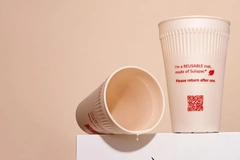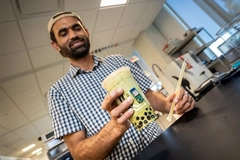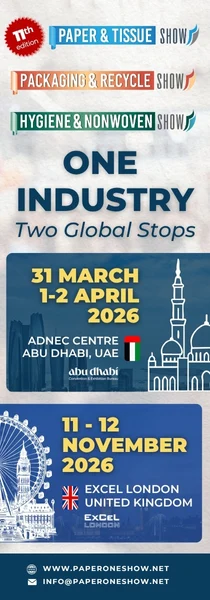Graphic Packaging International unveils household recyclable fiber-based meat trays
Graphic Packaging International has introduced its PaperSeal Pressed tray. The solution is primarily made from FSC-certified wood fiber, enabling brands and retailers to replace plastic content in trays by approximately 85%.
The meat tray aims to combine affordable pressed paperboard trays with a secure hermetic seal for modified atmosphere packaging applications. PaperSeal Pressed is household recyclable.
Tom Garsed, general manager for Tray and Cup Solutions at Graphic Packaging, says: “PaperSeal Pressed aligns with our goal of creating packaging solutions that are more circular than traditional alternatives by using primarily renewable resources. For our customers, it provides excellent functionality, operating seamlessly on existing tray sealing equipment, thus eliminating the need for capital investment, and it delivers optimal performance through the supply chain.”
“Our engineers have solved what was previously considered an impossible challenge, creating an effective hermetic seal on a pressed paperboard tray. This creates new opportunities for brands and retailers to move away from plastic trays for fresh protein categories, where price sensitivity has made this a challenge. For consumers, it delivers the convenient packaging they demand — effective, easy to recycle, and containing less plastic.”
Affordability and functionality
The new tray builds on Graphic Packaging’s existing portfolio, which includes PaperSeal Original and PaperSeal Shape, offering various options for high-volume, price-sensitive categories such as fresh pork, minced meat, and poultry.
PaperSeal Pressed uses a high-barrier liner applied after tray forming, solving the issue of micro-leakage and ensuring a shelf life equivalent to plastic trays.
The product is engineered to run on existing form-fill-seal equipment, supporting businesses transitioning away from plastic.
The trays also offer branding opportunities with “high-quality print on both inside and outside of the tray.” This feature aims to provide products with new ways to differentiate themselves on retail shelves, without relying on labels or sleeves.











